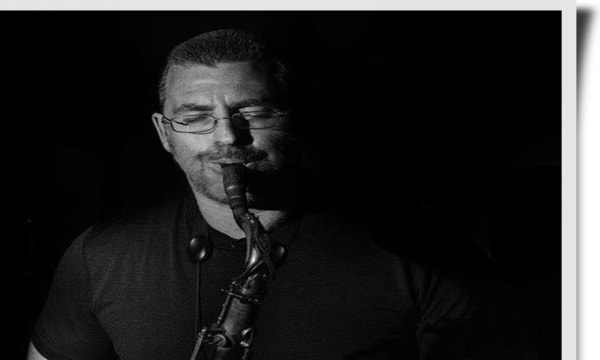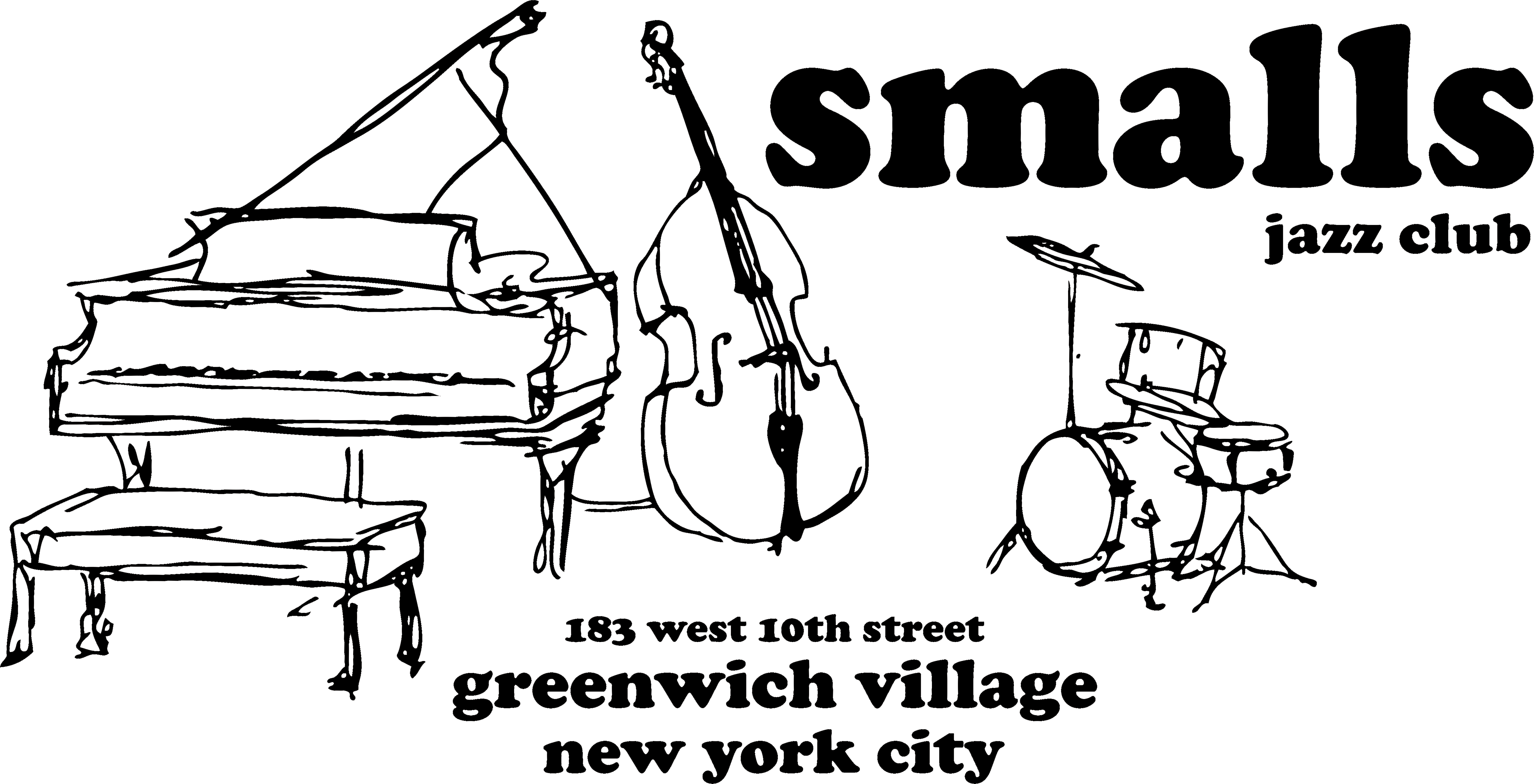Tim Hegarty: A Legacy of Jazz, Tradition, and Personal Expression
At the age of 14, Tim Hegarty had an experience that would change the course of his life forever. While still a young saxophonist, he was invited to sit in with Art Farmer, Clark Terry, and Jon Faddis—three jazz legends who would soon become more than just influences; they would be the early catalysts for his deep commitment to the music. "Sitting in with them for the first time was a defining moment," Tim reflects. "It was about more than just playing; it was about feeling a connection to something bigger—something timeless. That experience planted a seed in me that has never stopped growing."
From those early moments on stage, Tim’s musical journey was set on a trajectory that would eventually lead him to perform with some of the greatest names in jazz. After being mentored by Frank Foster, the great saxophonist and composer, Tim began to refine his sound, exploring the nuances of both the instrument and the genre. Foster’s influence shaped Tim’s technical ability and his approach to jazz as both an art form and a means of personal expression.
In 1984, Tim was given another incredible opportunity that would further define his career: soloing with the Guggenheim Concert Orchestra at Lincoln Center in New York City. This experience not only introduced him to the power of orchestral jazz but also marked his arrival on the New York jazz scene. It was during this time that Tim expanded his musical language by studying clarinet with Ben Armato of the Metropolitan Opera, along with harmony and piano under the guidance of Harold Danko and James Williams—legendary figures who would deepen his understanding of jazz from every angle.
But perhaps the most influential moment of Tim’s early career came in 1985, when he had the rare privilege of meeting and performing with the legendary Gil Evans and his orchestra. Evans, one of the most innovative arrangers in jazz history, would forever change Tim’s perception of jazz composition and orchestration. "To play with Gil’s band was like stepping into a world of sound and arrangement that felt otherworldly—complex yet accessible," Tim recalls. "Gil’s genius was in how he used space, how he allowed each instrument to breathe and speak for itself while still being part of a larger conversation."
By 1986, Tim’s education continued to flourish as he attended the University of Miami, where he studied woodwinds, composition, and arranging. His time at Miami would be the foundation for the next phase of his musical career. However, it was his move to New York City in 1989 to attend the Manhattan School of Music and The New School that truly solidified his role in the jazz world. It was here that he received the Zoot Sims Award, a prestigious honor that allowed him to perform in Spain with his quartet, featuring the brilliant pianist Brad Mehldau.
Upon returning to New York, Tim quickly became a fixture in the city’s jazz scene. He performed regularly with the Gil Evans Orchestra on Monday nights at Sweet Basil, one of the most iconic jazz venues of the time, and began collaborating with the Mingus Big Band, a group that epitomized the spirit of jazz innovation and tradition. During this period, Tim also toured extensively across the U.S. and made his first trip to Japan after recording with guitarist Mike Stern and drummer Akira Tana, which marked the beginning of a long and fruitful connection to the Japanese jazz scene.
In the early 1990s, Tim recorded his debut album as a bandleader, which featured renowned musicians Gil Goldstein, Mark Egan, and Kenwood Dennard. This album, blending original compositions with jazz standards, captured Tim’s unique voice on the saxophone—a sound that combines the smooth phrasing of Dexter Gordon with the fierce energy of John Coltrane. The album also served as a tribute to the many mentors and influences who shaped Tim's career, from Jimmy Heath and George Coleman to the greats like Coltrane and Bird.
In 2011, he orchestrated and arranged several big band charts for Ben E. King, which were performed live during a broadcast from the Tokyo Jazz Festival. This experience underscored his dual passion for both performing and creating music that bridges the traditional and modern aspects of jazz.
"Tribute": A Reflection of Tim Hegarty’s Musical Soul
One of the standout moments of Tim’s career came in 2011 with the release of his album "Tribute", which featured an all-star lineup of musicians: Kenny Barron, Rufus Reid, Carl Allen, and Mark Sherman. The album exemplifies Tim’s deep connection to the blues, his musical roots, and the masters who shaped his sound. The music on "Tribute" captures the essence of both straight-ahead jazz and modern expression, blending hard-driving intensity with moments of introspection.
As Mark Sherman, the album’s producer, reflected in the liner notes: "Inviting Kenny Barron, Rufus Reid, and Carl Allen to this recording date was truly the perfect decision. The music played itself. It was an offering to all of Tim’s teachers—his influences, his mentors, and his heroes. For me, it was a personal triumph to work with these incredible musicians."
Tim’s playing on "Tribute" is infused with a profound love for the music—a passion that shines through every note he plays. His sound, informed by the blues, carries the spirit of the great saxophonists before him while staying undeniably rooted in his own unique voice. Barron’s delicate touch on the piano, Reid’s elegant bass lines, Allen’s immaculate rhythms, and Sherman’s harmonic contributions create a musical landscape that feels both timeless and fresh.
A Career Defined by Mentorship, Innovation, and a Deep Love for Jazz
For over 30 years, Tim Hegarty has been an integral part of the New York City jazz scene, contributing to the rich tapestry of jazz through his own performances, compositions, and collaborations. His career has been defined not just by his impressive technical ability and expressive saxophone playing, but by his commitment to mentorship—both receiving it and giving it.
Tim’s story is one of passion, mentorship, and a profound love for jazz—from his early experiences with legends like Art Farmer, Clark Terry, and Jon Faddis, to his deep connection with his teachers, including Frank Foster, Gil Evans, and Jimmy Heath. His musical journey is one of constant growth, evolution, and exploration. Whether performing at the highest level with Kenny Barron and Rufus Reid, or working with emerging musicians, Tim remains committed to keeping the tradition of jazz alive while continuing to push its boundaries.
Looking forward, Tim’s mission is clear: to continue contributing to the world of jazz by playing, creating, and collaborating with other passionate artists. His career serves as a testament to the beauty of a life dedicated to music—a life spent in constant conversation with the past, the present, and the future of jazz.


























